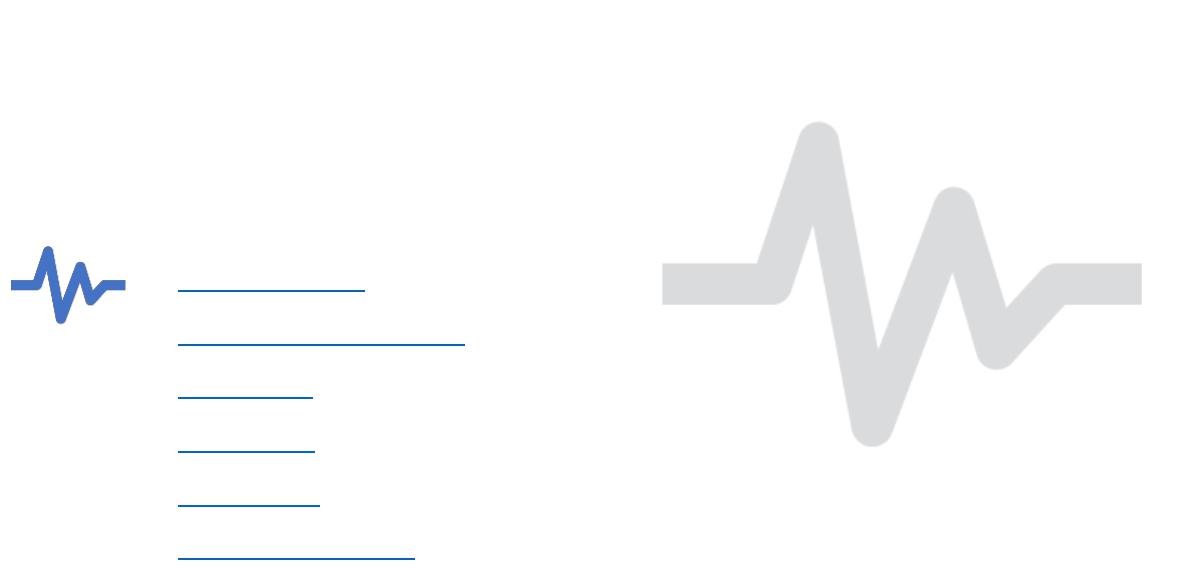
Lesson topic №26. Фибрилляция предсердий (Atrial Fibrillation)
.pdf
Atrial Fibrillation
Gorban V.V., D.M. Department of polyclinic therapy with course of
general medical practice (family medicine)

Atrial Fibrillation
•Etiology
•Classification
•Symptoms and Signs
•Diagnosis
•Treatment
•Key Points
•More Information
Atrial fibrillation is a rapid, irregularly irregular atrial rhythm.
Symptoms include palpitations and sometimes weakness, effort intolerance, dyspnea, and presyncope.
Atrial thrombi may form, causing a significant risk of embolic stroke.
Diagnosis is by electrocardiography.
Treatment involves rate control with drugs, prevention of thromboembolism with anticoagulation, and sometimes conversion to sinus rhythm by drugs or cardioversion.
Atrial fibrillation
Atrial fibrillation has been attributed to multiple wavelets with chaotic reentry within the atria.
However, in many cases, firing of an ectopic focus within venous structures adjacent to the atria (usually the pulmonary veins) is responsible for initiation and perhaps maintenance of atrial fibrillation.
In atrial fibrillation, the atria do not contract, and the atrioventricular (AV) conduction system is bombarded with many electrical stimuli, causing inconsistent impulse transmission and an irregularly irregular ventricular rate, which is usually in the tachycardia rate range.
Atrial fibrillation is one of the most common arrhythmias, affecting between 3 and 6 million adults in the US.
Men and White people are more likely to have atrial fibrillation than women and Black people.
Prevalence increases with age; almost 10% of people > 80 years are affected.
Atrial fibrillation tends to occur in patients with an underlying heart disorder.
Complications of atrial fibrillation
The absent atrial contractions predispose to thrombus formation; annual risk of cerebrovascular embolic events is about 7%.
Risk of stroke is higher in older patients and in patients with a rheumatic valvular disorder, mechanical heart valve, hyperthyroidism, hypertension, diabetes, left ventricular systolic dysfunction, or previous thromboembolic events.
Systemic emboli can also cause malfunction or necrosis of other organs (eg, heart, kidneys, gastrointestinal tract, eyes) or a limb.
Atrial fibrillation also may impair cardiac output;
loss of atrial contraction can lower cardiac output at normal heart rate by about 10%.
Such a decrease is usually well tolerated except when the ventricular rate becomes too fast (eg, > 140 beats/minute), or when patients have borderline or low cardiac output to begin with.
In such cases, heart failure may develop.

Etiology of Atrial Fibrillation
Etiology of Atrial
The most common causes of atrial fibrillation are
•Hypertension
•Coronary artery disease
•Cardiomyopathy
•Valvular heart disorders: mitral stenosis, mitral regurgitation, tricuspid regurgitation
•Hyperthyroidism
•Binge alcohol drinking (holiday heart)
•Less common causes of atrial fibrillation include
•Pulmonary embolism
•Atrial septal defects and other congenital heart defects
•Chronic obstructive pulmonary disease (COPD)
•Myocarditis
•Pericarditis
•Lone atrial fibrillation is atrial fibrillation without an identifiable cause in patients < 60 years.
Classification of Atrial Fibrillation
Paroxysmal atrial fibrillation is atrial fibrillation that lasts < 1 week having converted spontaneously or by an intervention to normal sinus rhythm. Episodes may recur.
Persistent atrialClassificationfibrillation is continuous atrial fibrillationof thatAtriallasts > 1 weekFibrillation.
Long-standing persistent atrial fibrillation lasts > 1 year, but there is still the possibility of restoring sinus rhythm.
Permanent atrial fibrillation cannot be converted to sinus rhythm (the term also includes patients for whom a decision has been made not to attempt conversion to sinus rhythm).
The longer atrial fibrillation is present, the less likely is spontaneous conversion and the more difficult is cardioversion because of atrial remodeling (rapid atrial rate-induced changes in atrial electrophysiology that are dominated by a decrease in atrial refractoriness and may also include increase in spatial dispersion of atrial refractoriness, slowed atrial conduction velocity, or both).
Symptoms and Signs of Atrial Fibrillation
Atrial fibrillation is often asymptomatic, but many patients have palpitations, vague chest discomfort, or symptoms of heart failure (eg, weakness, light-headedness, dyspnea), particularly when the ventricular rate is very rapid (often 140 to 160 beats/minute).
Patients may also present with symptoms and signs of acute stroke or of other organ damage due to systemic emboli.
The pulse is irregularly irregular with loss of a waves in the jugular venous pulse.
A pulse deficit (the apical ventricular rate is faster than the rate palpated at the wrist) may be present because left ventricular stroke volume is not always sufficient to produce a peripheral pressure wave for a beat closely coupled to the previous beat.
Diagnosis of Atrial Fibrillation
•Electrocardiography (ECG)
•Echocardiography
•Thyroid function tests
Diagnosis of atrial fibrillation is by ECG (see figure Atrial fibrillation).
Findings include
•Absence of P waves
•Presence of f (fibrillatory) waves between QRS complexes; -f waves are irregular in timing, irregular in morphology;
- baseline undulations at rates > 300/minute, usually best seen in lead V1 and not always apparent in all leads
• Irregularly irregular R-R intervals
